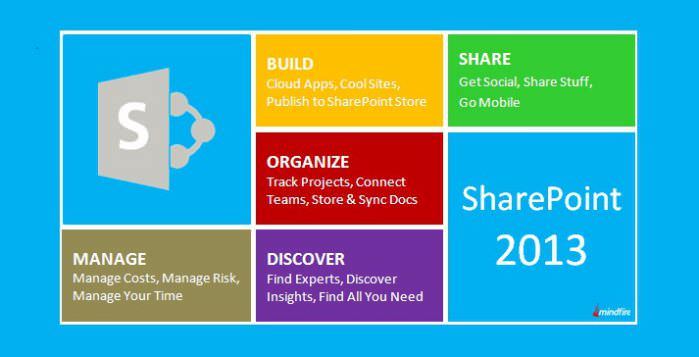With the release of Microsoft’s SharePoint 2013 version, it is important to determine the kind of environment that your business will be using SharePoint in. If we focus on the SharePoint development environment for 2013, the first consideration would be to decide what one wants to build.
For instance, an organization may need to build solutions that require a server-side object model or they may need to build solutions that user an object model or create and publish applications for the SharePoint. SharePoint development consists of different development types such as Workflow development, SharePoint solution development, Web part development, .NET development, SharePoint apps development and a whole lot more. Due to this incredible diversity, it’s crucial for a developer to have his or her own development virtual server.
SharePoint is a great asset particularly in the case of installation of applications which cost less and are less stringent compared to the requirements of a production environment. However, it is ultimately a resource hungry platform and developers using this with mid-range performance machines may not be able to get the most it. To get full usage, services should be throttled and configuring development environments should be done with utmost care. A robust farm, such as Web & DB and App, all on a single virtual server, needs to be deployed. This gives a developer the ability to build or restore at will, which eases the entire process considerably and could hasten delivery. This VM must be hosted on a dedicated VM and will host the entire surrounding.
With the use of RDP or Remote Desktop Protocol client, a developer could access a complete environment with no changes required or installations needed on the local environment. To maintain a known, consistent and clean atmosphere and to support every programmer, it would initially consist of a couple of virtual servers, the Domain Controller and SharePoint. The Domain Controller virtual server provides AD/DNS services and has 2012 configured and installed with 4 GB RAM and 2 cores. The other one server would have SQL 2012 Standard and Office 2013, SQL Management Tools, Visual Studio 2012, and Microsoft Office Tools for Visual Studio 2012 and SharePoint Designer 2013. In order to accommodate combining numerous roles into one virtual machine, this machine would be configured with 4 cores and 24 GB RAM.
This version supports the classic model that is popular among all developers. It is still considered a good choice and in some instances the only option to customize SharePoint. It is developed with the use of Visual Studio 2012 that includes several supported templates. They could integrate with external apps using Web services, BCS or Business Connectivity Services or custom service application. The new version provides several installation scenes. At present, these installations, built-in database installations, multiple-server farm installations and single-server farm installations. When using the capabilities offered via 2013 or through other integration channels like Exchange SQL requires meeting the hardware and software requirements specific to that capacity.
It stays in line with the major governance models and guards the production from errors and downtime. As every developer knows, a code that is still in development has a tendency to cause problems. The four development environments model could prevent problems from affecting company processes.
Summary:
Tatvasoft has been in SharePoint development for some time now, and is familiar with the intricacies and complexities of the platform. It understands that SharePoint development is very effective when it comes to streamlining business processes


